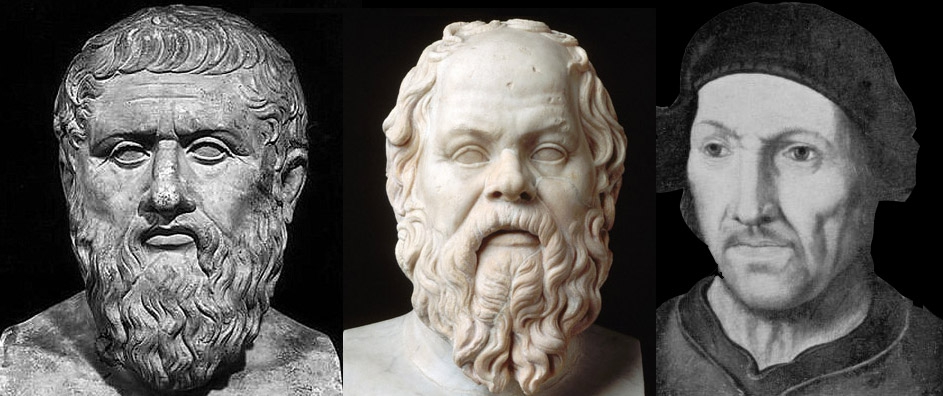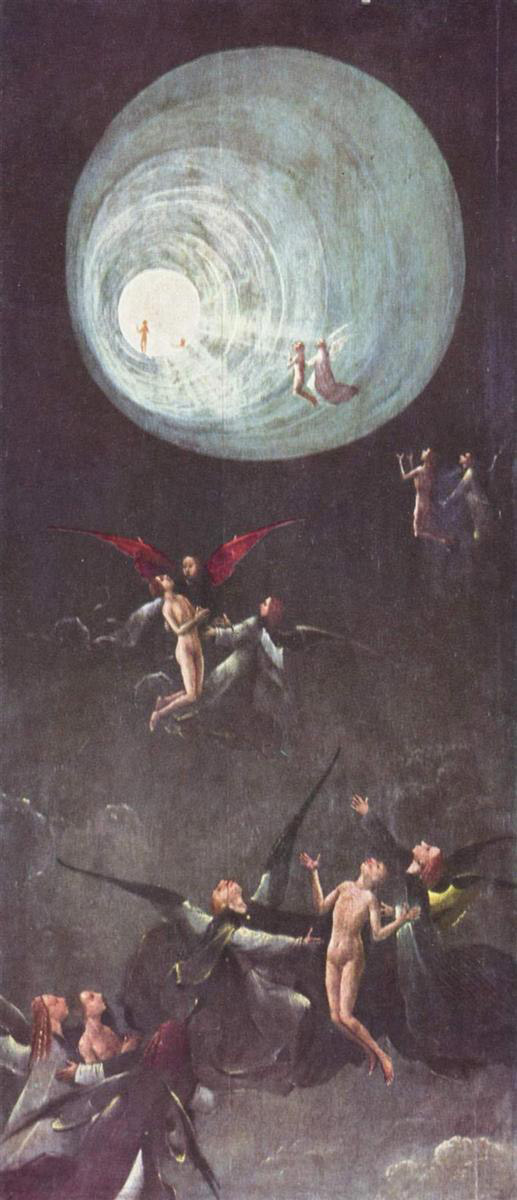The views expressed in our content reflect individual perspectives and do not represent the authoritative views of the Baha'i Faith.
Even though the material body should die, the spirit continues eternally alive, just as it exists and functions in the inert body in the realm of dreams. That is to say, the spirit is immortal and will continue its existence after the destruction of the body. – Abdu’l-Baha, The Promulgation of Universal Peace, p. 306.
When did you start hearing about near-death experiences?
The standard accounts of the burgeoning field usually list the mid-1970s as the beginning, when physician and psychologist Raymond Moody first published Life After Life, his internationally best-selling study of 150 people who had NDEs. At the time, many medical professionals and thinkers like Dr. Elizabeth Kubler-Ross had begun to re-define culturally negative views of death.
But that growing popular awareness masks a long history of the knowledge of near-death experiences throughout many civilizations.
The Near-Death Experience throughout History
We’ve probably considered and wondered about death since consciousness dawned in our species. Even the earliest cave paintings and petroglyphs reveal artistic depictions of death and the journey of the soul. We’re familiar with the burial rites, ceremonies, monuments, prayers and rituals associated with ancient cultures, because we’ve excavated and studied their cemeteries and tombs. In Egypt, for example, the 118 pyramids used to bury the pharaohs all point upwards toward the night sky—and inside the pyramids, a narrow shaft usually extends from the main burial chamber skyward. Archeologists think the pyramids functioned as a funnel for the deceased pharaoh’s soul to ascend toward its permanent home in the afterlife.
In humanity’s written history, philosophers like Plato wrote powerfully about near-death experiences—he recorded the “Myth of Er” in the 4th century BC to end his famed treatise The Republic. In it, Plato recounts the story of a soldier named Er who dies on the battlefield and awakens twelve days later on his funeral pyre, able to tell everyone about the soul’s immortality and its progress after death. The soldier learns that our choices and the character we develop while alive will have consequences after death; and returns to this life to encourage the acquisition of the virtues of wisdom, courage, love, justice and moderation.
Socrates concluded something similar about death:
To fear death
is nothing other than to think oneself wise when one is not.
For it is to think one knows what one does not know.
No one knows whether death may not even turn out to be
the greatest blessings of human beings.
And yet people fear it as if they knew for certain it is the greatest evil.
Near the end of the 15th century, the great painter Hieronymus Bosch gave us his vision of the hereafter in Ascent of the Blessed, which now hangs in the Palazzo Ducale in Venice, Italy. It shows a familiar scene, with souls ascending through a tunnel toward a shining light, strikingly resembling our modern day descriptions of a near-death experience.
Understanding the Near-Death Experience—Immortal or Mortal?
So while the science surrounding the near-death experience seems fairly recent, the understanding of its implications has always lived in our collective consciousness. We have tried to find ways to understand death and its meaning since the very first stirrings of our humanity.
In many ways, you can think of religion as the way we cope with the impending reality of death.
Atheists maintain that people created religion solely to help them deal with the uncomfortable fact of our mortality; that the human soul does not exist; and that we all face complete extermination when we die. Agnostics generally say that they just don’t know if an afterlife exists. On the other hand, our religions tell us that death simply represents a transition, a second birth into a spiritual existence where our spirits will live on.
Which one do you lean towards?
For Baha’is, the near-death experience definitely points toward that second birth:
…as long as man is in the matrix of the human world, as long as he is the captive of nature, he is out of touch and without knowledge of the universe of the Kingdom. If he attains rebirth while in the world of nature, he will become informed of the divine world. He will observe that another and a higher world exists. Wonderful bounties descend; eternal life awaits; everlasting glory surrounds him. All the signs of reality and greatness are there. He will see the lights of God. All these experiences will be his when he is born out of the world of nature into the divine world. Therefore, for the perfect man there are two kinds of birth: the first, physical birth, is from the matrix of the mother; the second, or spiritual birth, is from the world of nature. In both he is without knowledge of the new world of existence he is entering. Therefore, rebirth means his release from the captivity of nature, freedom from attachment to this mortal and material life. – Abdu’l-Baha, The Promulgation of Universal Peace, p. 304.
You May Also Like
Comments


















I would just suggest that maybe if we decide to make a comparison of various ideologies, we should be more objective and state the facts so it become a message of love rather than ...competition.
PS: I am a great fan of yours posts.